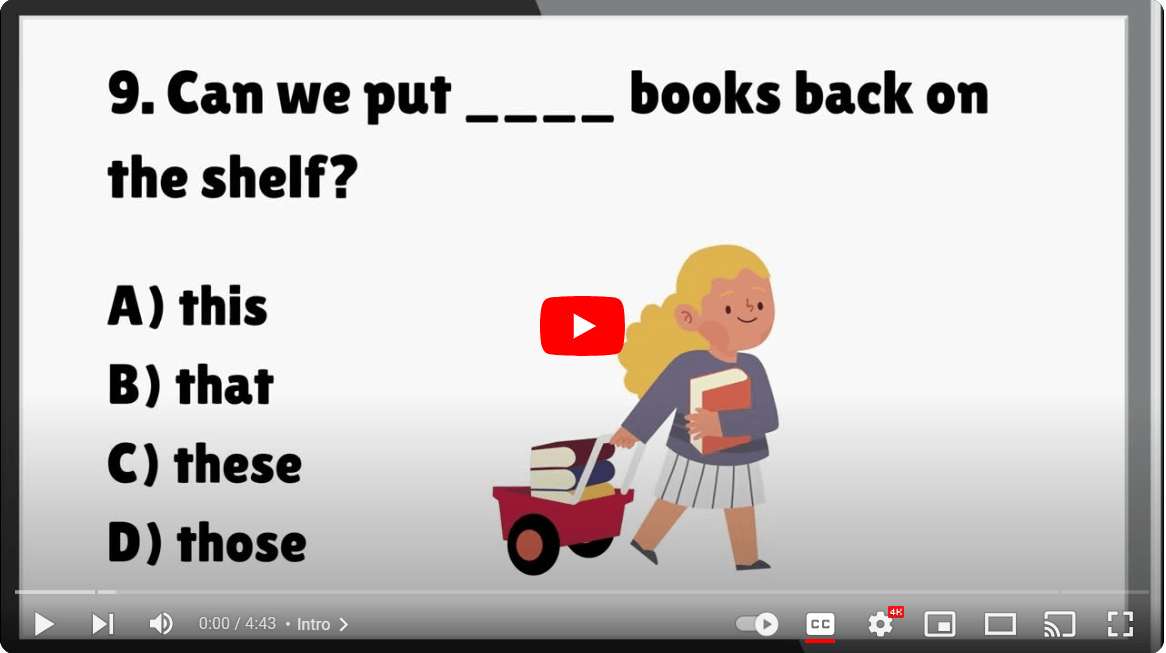The Silent E Rule
câp + e = cäpe
This e is silent, but it makes the a long.
mâd + e = mäde
The dog is mâd.
He mäde a rumpus.
More Examples:
cût + e = cüte
Cût the cake.
The cat is cüte.
hôp + e = höpe
Hôp on one foot.
Höpe for spring.
The e is silent, but it makes the vowel long.
säle, säfe, säme, säke
In each word the e is silent, but it makes the a long. The consonant between them changes. We shot this by a—e (a consonant e) says ä as in safe
We say "consonant" and use a dash because the consonant changes but the a and the e stay the same.
Likewise:
pïpe..........i—e
pïke..........i—e
pïle...........i—e
pïne..........i—e
i—e (i consonant e) says i as in pine
röle...........o—e
röde..........o—e
röpe..........o—e
röse..........o—e
o—e (o consonant e) says ö as in home
The first letter can change too. The only thing that stays the same is the vowel consonant e.
tube...........u—e
puke...........u—e
fume..........u—e
cute...........u—e
use............u—e
u—e (u consonant e) says U as in mule
The words for e—e are harder:
these..............e—e
compete.........e—e
concede..........e—e
sincere............e—e
e—e (e consonant e) says ë as in these
(the letter c sounds like s before e)
Now you are ready for the Silent E Rule.
Dropping of the Silent E
Look at:
Like + ing = liking
What has happened? The silent e is dropped.
But:
like + ly = likely
The silent e is not dropped.





Comments